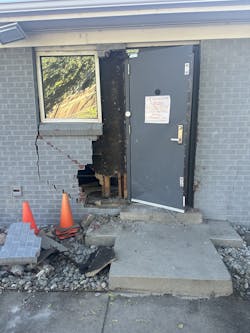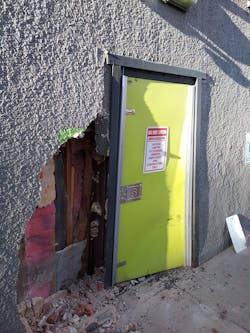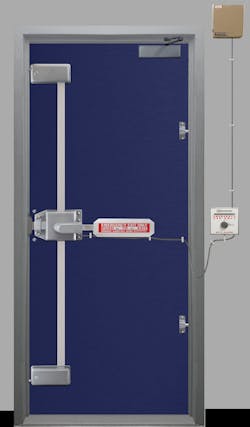Cannabis facilities, which include dispensaries, grow houses and cultivation and processing facilities, contain what must be today's easiest resalable item. Cannabis cannot legally be transported over state borders and remains a much-in-demand cash crop, so the lure of breaking into a facility is easily understood.
Individual facility owners as well as MSOs (multi-state operators) also do not want to run afoul of local laws and authorities. While some states barely offer regulations or guidance regarding securing facilities, others are quite prescriptive regarding the level of security to be provided.
Security Standards and Codes
Organizations like the Security Industry Association (SIA) are excellent resources to use to stay current with state regulations. SIA published the “SIA Guide to Cannabis Security Requirements” in October 2023 and ASIS International will soon unveil a Cannabis Security Standard.
Meeting standards achieve a basic level of protection. Frankly, facilities need to go a step beyond basics due to the high dollar value of their contents. This brings them to the level of upper-market retail facilities like jewelry stores and luxury goods purveyors. The combination of electronic security elements (alarms, cameras & monitoring as well as forced entry locks) form the pillar of a successful security program.
A quick word regarding life-safety codes. They cannot be ignored while providing forced entry protection. The most basic tenet shared by NFPA, IBC as well as state and local regulations is single-motion egress. Exiting without special knowledge is key. Delayed egress may be allowed to prevent grab-and-run exiting, but the use of these systems requires integration with a fire alarm system.
What Door is Right for the Job?
Selecting the right door and frame is critical in preventing forced entry. A weak, residential-type door and frame will offer little protection against the simplest forced-entry methods, such as crowbars and frame spreaders. These are commercially available items a burglar could procure from a hardware retailer or online.
The most striking images are ones where you can see the failed door break-in attempts and the successful (sadly) entries through other openings, such as sledgehammering through the wall. Nothing attests to the value of multi-point deadbolt locking and good doors and frames as much as these types of break-ins.
Security requires recognition that multiple design elements are needed to effectively secure a facility. Interior spaces, as well as perimeter walls, need to be properly reinforced to work in tandem with secured doors to prevent break-ins. Security professionals are aware of the best practices in multiple areas and should be involved in the facility design process for the best results.
Mark Berger is the General Manager of the Securitech Group, Inc. and a veteran of the security and door hardware industries.




